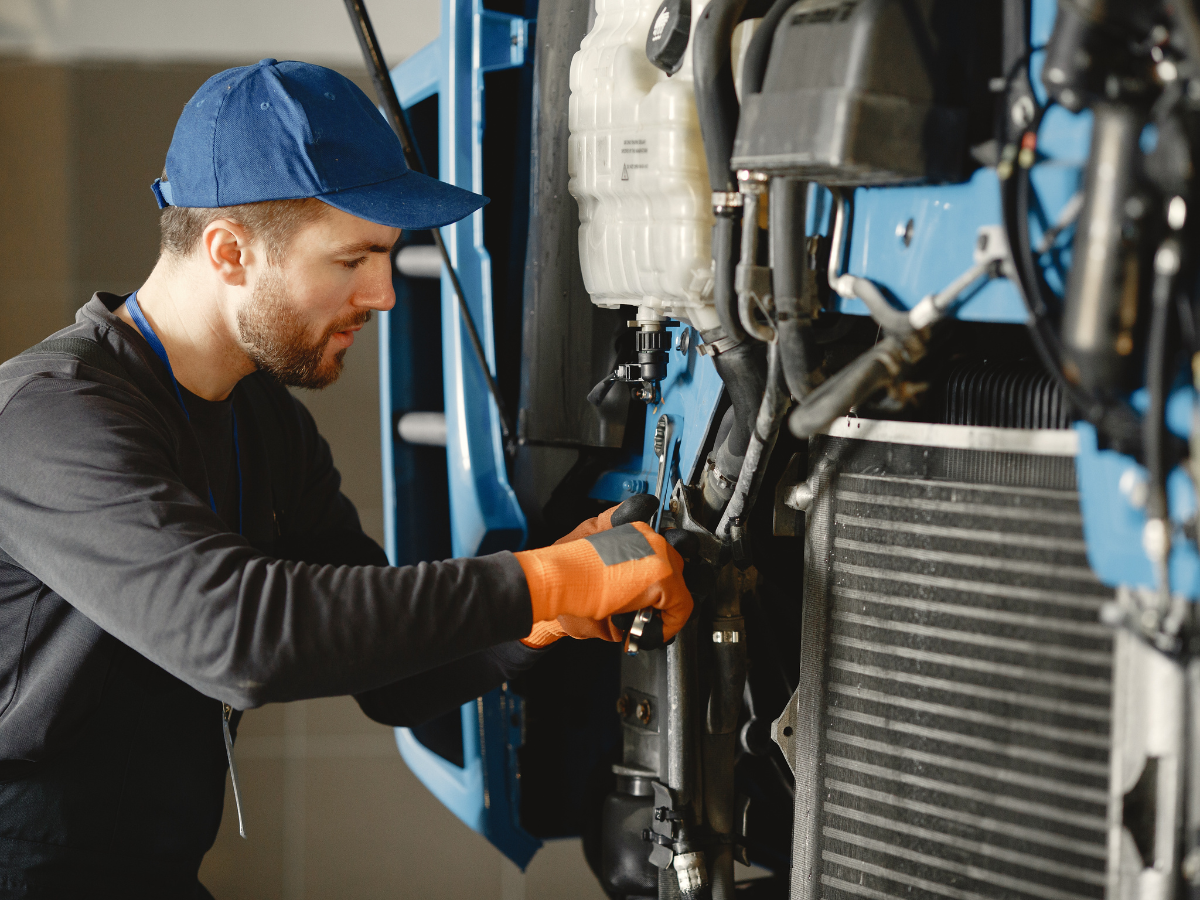It doesn’t take a polar vortex to realize when your furnace’s off its game. Sometimes, it’s the little things — rooms that never quite warm up, a faint burning smell, or a sudden spike in your utility bill. Most homeowners brush it off, thinking it’ll sort itself out next cycle. Safety or home maintenance blogs often highlight these early warning signs, yet many still ignore them. Neglecting furnace maintenance doesn’t just mean less comfort. It can hit your wallet, your air quality, and even your safety harder than you’d think.
Ignoring routine heating maintenance is like skipping oil changes on your car — it’ll run, until one day it doesn’t. By then, you’re paying for more than just repairs. Let’s break down five hidden issues that start quietly and end expensively when maintenance gets ignored.
- The Leak You Don’t See Coming
Gas or carbon monoxide leaks are the kind of problems that don’t always announce themselves — until they do. A small crack in the heat exchanger can leak gases into your home. You might not notice the early signs: headaches, dizziness, or that faint metallic odor that vanishes before you can trace it.
According to the U.S. Consumer Product Safety Commission, over 20,000 Americans visit emergency rooms every year because of carbon monoxide exposure — and malfunctioning furnaces play a major role in that number. Regular tune-ups include testing for leaks, checking connections, and keeping combustion systems tight. Skipping that service is gambling with your home’s air and your family’s health.
- Clogged Filters That Choke Performance
Think of your furnace filter as the lungs of your system. When it clogs up, your unit strains to push air through, running longer cycles for less heat. That extra workload drives up your energy bills by 10–15% per month, according to the Department of Energy. Worse, dirty filters overheat the system, leading to cracked components and blown motors.
Most homeowners forget to change filters until dust starts blowing through vents or allergies flare up. By then, efficiency’s already tanked. Clean filters aren’t just about airflow — they’re about keeping your furnace from burning itself out before its time.
3. Corroded Ducts That Waste Heat
Texas humidity and aging ductwork don’t play well together. Over time, condensation and dust buildup inside ducts cause corrosion. Small holes or rust spots might seem harmless, but they can bleed 25–30% of your heated air before it ever reaches the room.
That lost air means higher gas bills and cold spots that never seem to go away no matter how high you crank the thermostat. A routine maintenance check can reveal these leaks early with a simple pressure test. Let them sit too long, and you’re looking at full-section duct replacement — not cheap, not quick, and entirely avoidable.
4. Electrical Failures Waiting to Happen
Every furnace depends on sensors, relays, and control boards to keep things balanced. When dust, moisture, or age gets to them, they start misfiring. You might hear odd clicks, smell burnt dust, or notice the blower cutting out mid-cycle. These aren’t just annoyances — they’re warnings.
Unchecked electrical issues can cause short circuits or even fires. The National Fire Protection Association lists heating equipment among the top three causes of house fires each winter. Routine inspections catch those loose wires or corroded terminals long before they become a headline.
5. Efficiency Drops That Drain Your Budget
Here’s the quiet killer — inefficiency. A furnace that’s 10 years old and never maintained can lose up to 30% of its original output. That means for every dollar you spend on heating, thirty cents go straight up the flue. Add dirty burners, worn belts, and uncalibrated thermostats, and you’ve got a system working harder for less comfort.
By keeping up with heating maintenance, homeowners often cut annual heating costs by hundreds. It’s not a marketing claim — it’s what energy auditors have tracked for years. A simple tune-up once or twice a season can reset efficiency and extend your furnace’s lifespan by several years.
What Regular Maintenance Really Means
Routine furnace service isn’t about swapping a filter and calling it a day. It’s a full-system check: airflow, ignition, gas pressure, carbon monoxide testing, duct inspection, and performance tuning. Each small adjustment compounds into better heat, safer air, and lower costs. Energy-efficiency publications consistently highlight how these checks prevent hidden damage and cut utility bills over time.
That’s why homeowners count on professional HVAC technicians to do it right. Companies like Crossway Mechanical have built their name on protecting homes from these silent issues. Their crew knows how local systems age — and what it takes to keep them safe, clean, and efficient.
The Bottom Line
Poor maintenance doesn’t break your furnace overnight. It chips away — one clogged filter, one rusty duct, one missed leak at a time — until you’re paying triple for heat that barely works. If you’re already noticing weak airflow, strange noises, or rising bills, the warning lights are on. Don’t wait for a cold front to prove the point.


